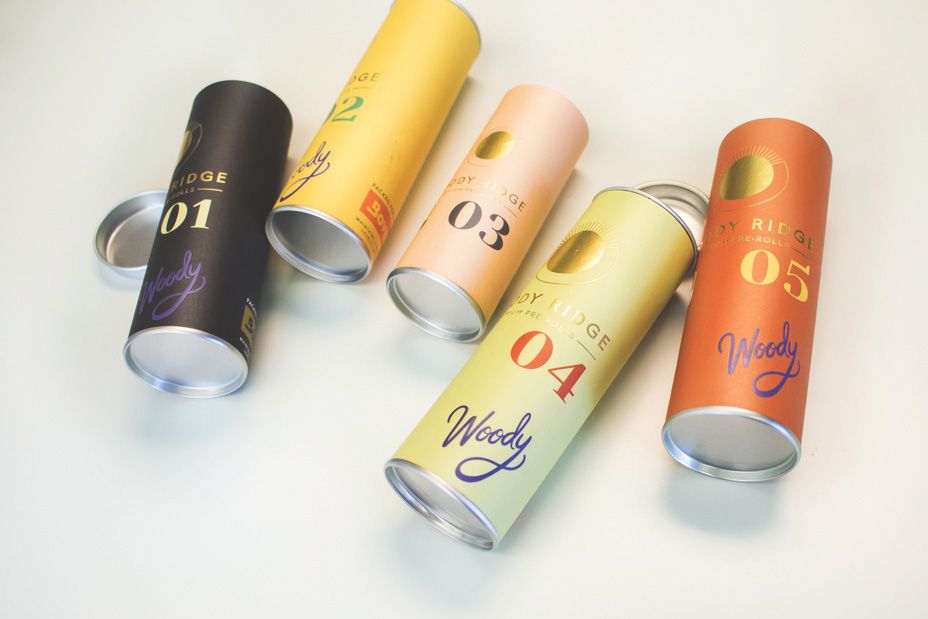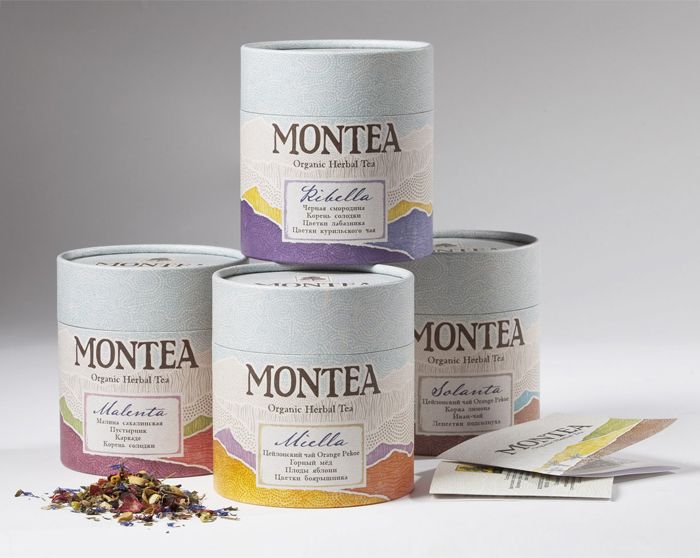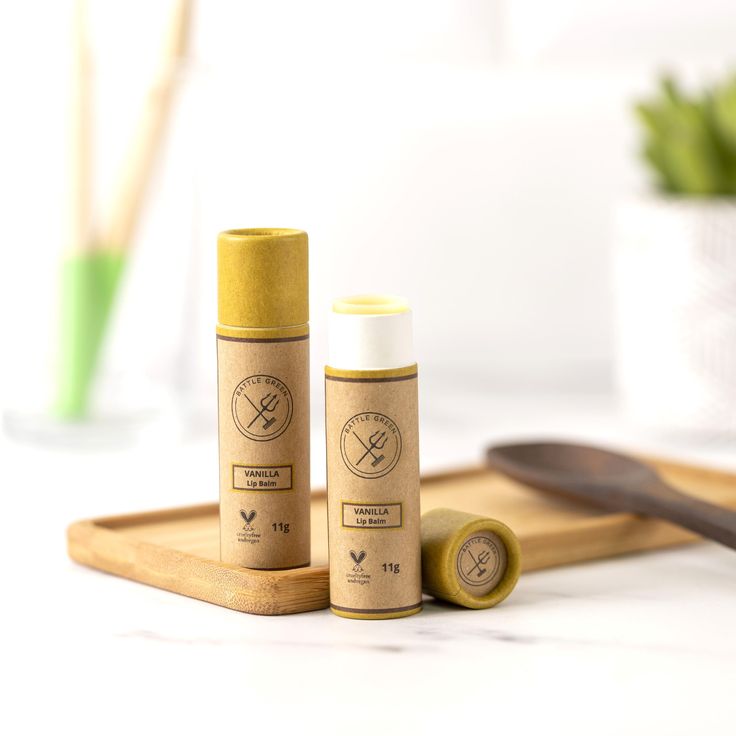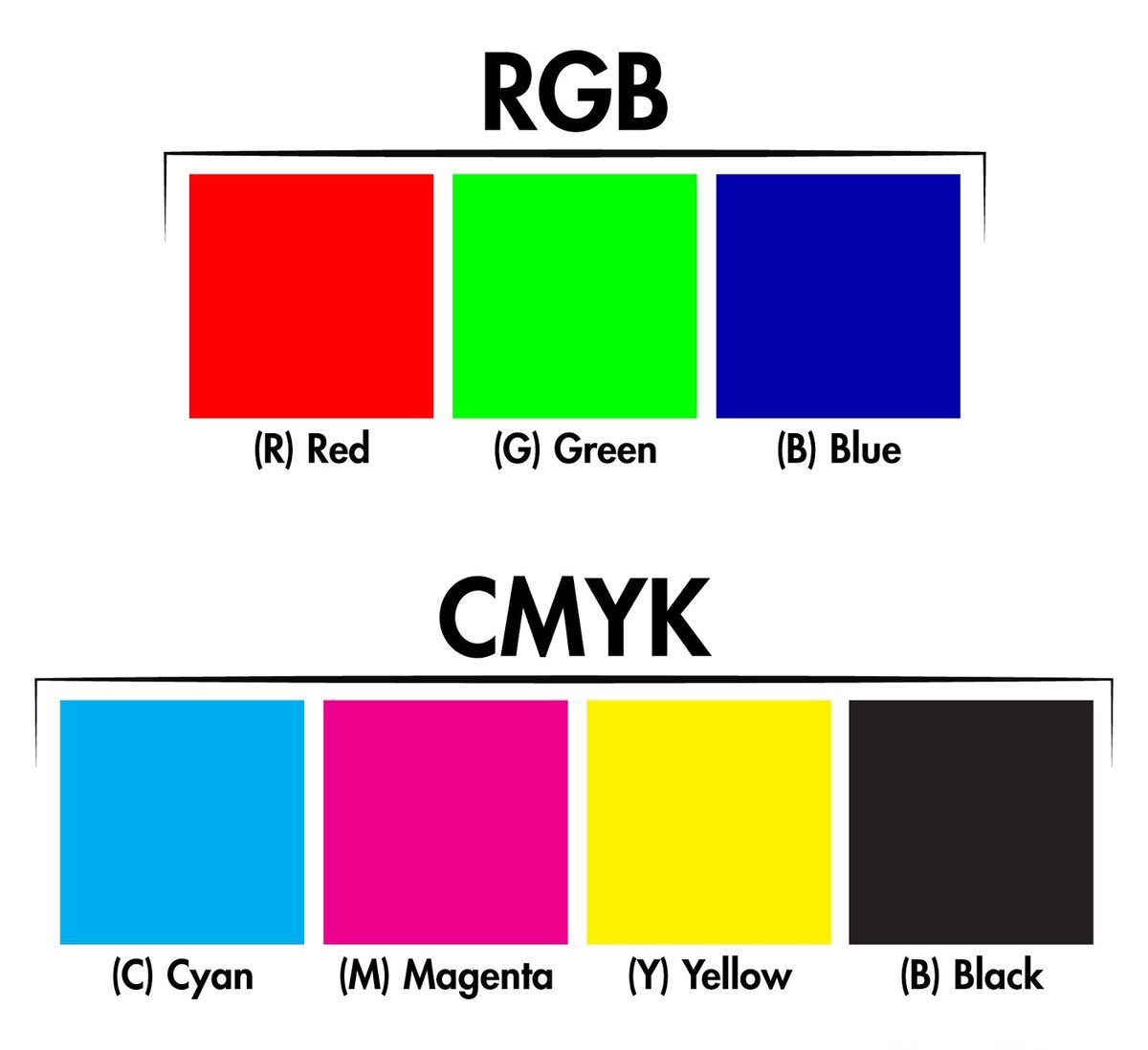Salt isn’t just a seasoning—it’s a cultural icon. But without the right salt packaging material, its flavor, texture, and usability would crumble. From ancient clay jars to modern paper tube packaging, the evolution of salt packaging materials reflects both innovation and necessity. Let’s dive into how today’s salt packaging materials balance sustainability, functionality, and brand appeal.
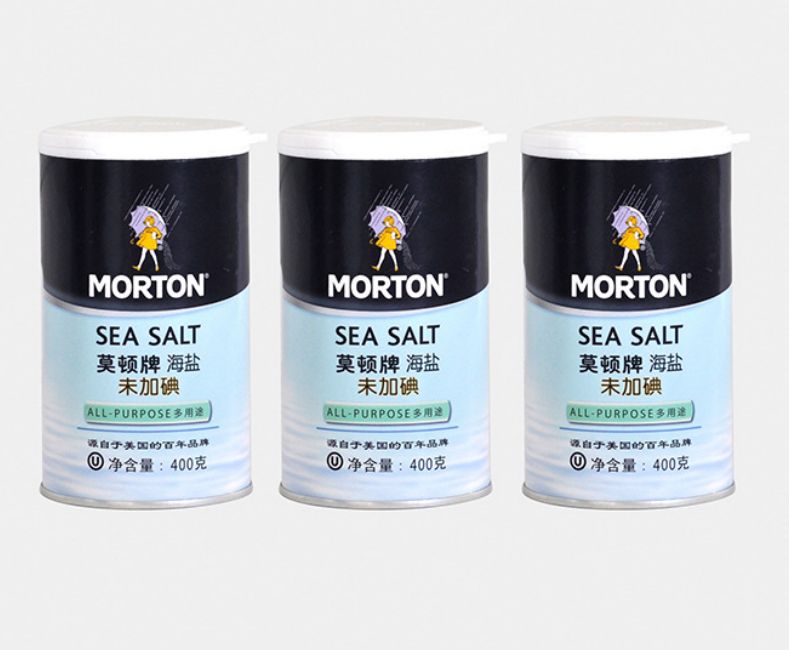
Salt Packaging Materials 101: What’s Protecting Your Salt Today?
Salt’s value in ancient societies wasn’t just culinary—it was currency, a preservative, and a symbol of wealth. But how did our ancestors keep it safe?
-
Animal Bladders & Bamboo Tubes:
In ancient China, salt traders transported granules in hollowed bamboo stalks, sealed with wax. Meanwhile, nomadic tribes in Mongolia used dried animal bladders—lightweight, flexible, and surprisingly moisture-resistant. These early salt packaging materials were born of necessity, using what nature provided. -
Ceramic Jars & Silk Pouches:
Along the Silk Road, salt became a luxury. Persian merchants stored it in ornate ceramic jars glazed with lead-free finishes (a primitive FDA compliance!). For royalty, silk pouches embroidered with gold thread doubled as status symbols. -
The Industrial Revolution’s Double-Edged Sword:
By the 1800s, tin cans and glass bottles revolutionized salt storage, offering airtight protection. But these salt packaging materials came at a cost: bulky, breakable, and energy-intensive to produce. -
Plastic’s Rise (and Fall):
The 20th century brought plastic—cheap, lightweight, and endlessly customizable. By the 1980s, polyethylene pouches dominated supermarket shelves. Yet, as plastic pollution surged, the hunt for sustainable salt packaging materials began.
Walk down any grocery aisle, and you’ll see a battle between tradition and innovation in salt packaging materials:
-
The Plastic Paradox:
Polyethylene bags are still the default for table salt. They’re cheap, transparent, and keep moisture out. But with 8 million tons of plastic entering oceans yearly, brands face consumer backlash. -
The Glass Jar Comeback:
Gourmet brands like Jacobsen Salt Co. use glass jars with wooden lids—a nod to vintage apothecary aesthetics. While recyclable, glass is heavy (raising shipping emissions) and fragile. -
The Eco-Warrior’s Toolkit:
-
Compostable Films: Made from cornstarch or seaweed, these dissolve in water or compost bins. Loliware even creates edible, flavored salt wrappers (though they’re still niche).
-
Paper Canisters: The unsung hero. Imagine a sturdy, cylindrical container made from recycled paperboard, lined with a whisper-thin layer of plant-based PLA. Brands like SaltWorks use these for their flaky Maldon sea salt, pairing rustic charm with modern functionality.
-
The Science of Salt Packaging Materials
Salt is a hygroscopic troublemaker—it’ll suck moisture from the air faster than a sponge. Without the right salt packaging material, your fancy Himalayan pink salt becomes a clumpy brick.
-
Moisture Barriers:
Plastic uses polyethylene, but paper canisters rely on PLA (polylactic acid), a corn-based polymer. PLA liners block humidity while remaining compostable.
Fun Fact: PLA-lined salt packaging materials can withstand 70% relative humidity—enough for most climates. -
UV Defense:
Sunlight degrades salt’s quality and bleaches packaging. Dark-colored paper canisters (like blackboard-style labels) or UV-resistant inks protect without plastic coatings. -
The FDA’s Stamp of Approval:
All salt packaging materials must meet food-grade standards. For paper canisters, this means soy-based inks and liners free from BPAs or phthalates.
Paper Canisters: The Rising Star of Salt Packaging Materials
Picture this: A customer unboxes a paper canister of artisanal smoked salt. The texture feels earthy, the label tells a story of sustainability, and the container later holds pasta or pencils. This is the magic of modern salt packaging materials.
-
Sustainability Stats:
-
A 2023 study found paper canisters have a 40% lower carbon footprint than plastic pouches.
-
Brands like Morton Salt report a 30% sales boost after switching to paper for their premium lines.
-
-
Functionality Wins:
-
Moisture Control: PLA liners in paper canisters match plastic’s performance.
-
Durability: Unlike flimsy plastic, paper survives postal journeys without tears.
-
-
Brand Storytelling Gold:
Halen Môn, a Welsh sea salt brand, uses paper canisters printed with local tide charts. It’s packaging as art—and customers pay a premium for it.
How to Choose the Best Salt Packaging Material for Your Brand
Choosing salt packaging materials isn’t one-size-fits-all. Ask these questions:
-
Is your salt coarse or fine?
Flaky salts (like fleur de sel) need rigid packaging to avoid crushing. Paper canisters with cushiony liners work wonders. -
What’s your brand’s personality?
-
Luxury: Glass or metal with embossed logos.
-
Eco-Conscious: Paper canisters with minimalist, seed-paper labels.
-
-
What’s your budget?
Paper canisters cost 15–20% more than plastic upfront but cut waste disposal fees long-term. -
How far will your salt travel?
For e-commerce, pair paper canisters with biodegradable packing peanuts.
The Future of Salt Packaging: Smart, Sexy, and Sustainable
The next decade will redefine salt packaging materials:
-
Edible & Dissolvable Wrappers:
Imagine tossing a salt “tea bag” into soup—wrapper and all. Brands like Notpla are testing seaweed-based films that vanish in boiling water. -
Blockchain-Tracked Paper Canisters:
Scan a QR code to see your salt’s journey from mine to kitchen, with data stored on carbon-neutral servers. -
Carbon-Negative Materials:
Startups like Shellworks use microbes to grow packaging from seafood waste. Yes, your salt container could someday be made of crab shells.
FAQs: Answering the Salty Questions
-
Are paper canisters effective in humid climates?
Yes! Biodegradable liners (e.g., PLA) create a moisture barrier comparable to plastic.
-
Can they be recycled?
Absolutely—remove the liner (if compostable) and recycle the paper body.
-
Cost comparison?
Slightly pricier than plastic, but enhanced brand appeal offsets costs.
Packaging That Preserves More Than Flavor
From ancient silk-wrapped salt to today’s paper canisters, packaging has always reflected societal values. As climate concerns mount, the shift to sustainable materials isn’t just trendy—it’s essential. For brands, paper canisters offer a blend of nostalgia, functionality, and eco-credibility. Let’s choose packaging that honors both history and the planet.

